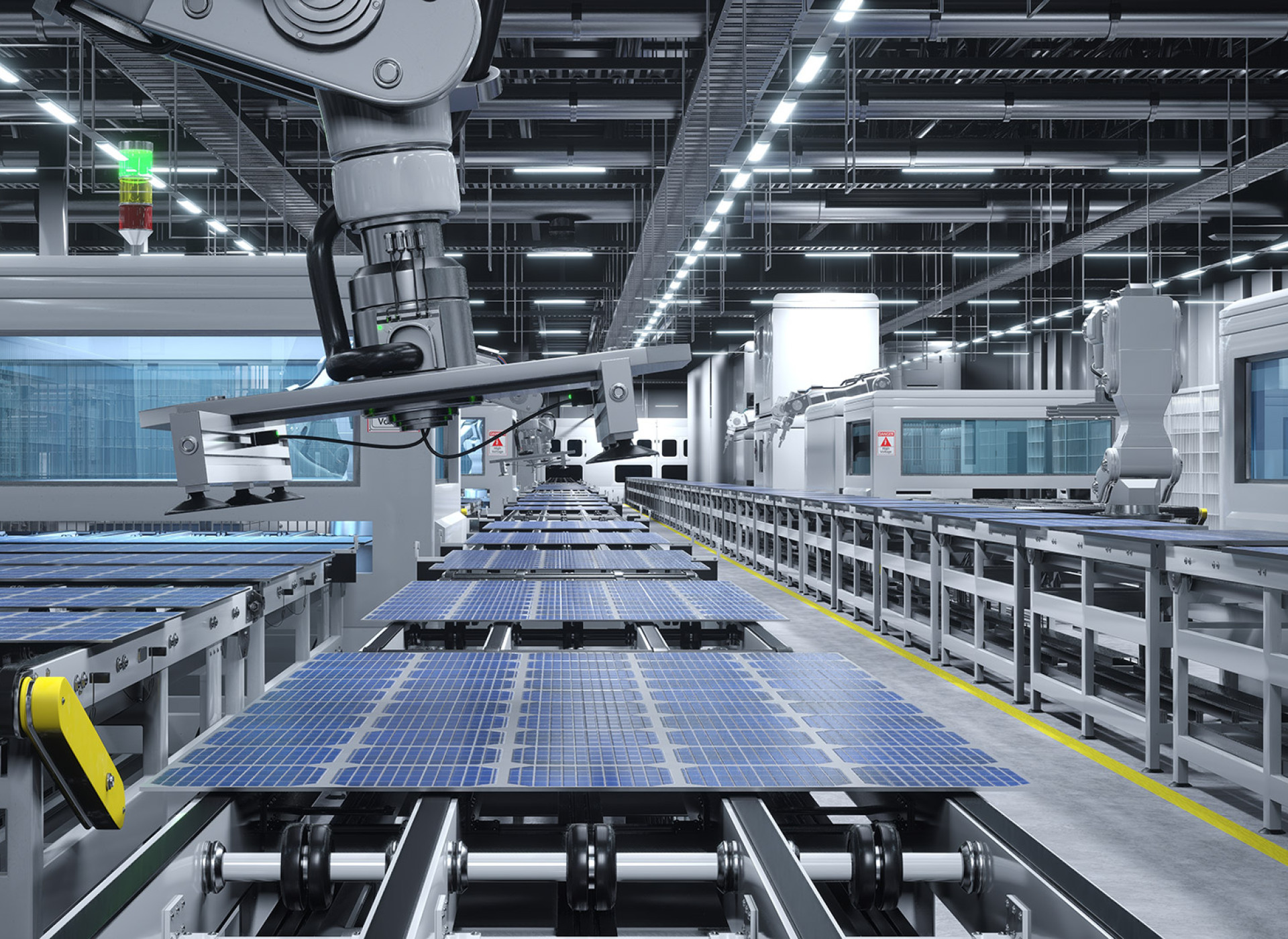Tin Foil in Photovoltaics – A Key Material for Modern Solar Cells

The photovoltaic industry has been shaped for years by technological innovation aimed at continuous performance gains, improved efficiency, and reliable processability.
In addition to cell design itself, the materials used in PV modules play a central role in determining overall efficiency, longevity, and process safety. In this context, tin foil is increasingly recognized as a functional key material – especially in the production and processing of ribbons and contact elements within module architecture.
Tin foil offers excellent physical and chemical properties that make it particularly suitable for photovoltaic applications. Outstanding solderability, high conductivity, and precise processability make it an essential component in today’s high-performance PV modules.
The Role of Tin Foil in Solar Cell Interconnection
In connecting individual solar cells into functional modules, so-called ribbons – flat metal conductors – are used to form reliable electrical connections between cell contacts. To fulfill this role, the ribbons require a surface that is both corrosion-resistant and highly solderable. This is where tin foil comes into play: it provides the ideal metallic interface and plays a vital role in ensuring lasting electrical connections.
Tin foil is either used as a coating on conductive copper ribbons or, for especially demanding applications, as a stand-alone ultra-thin metallic layer. Its excellent wettability with solder and controlled thermal response during the soldering process enable uniform and secure bonds with minimal contact resistance. This not only improves energy transfer efficiency between the cells but also reduces the risk of microcracks, delamination, and other mechanical failures.
Material Properties and Processing Precision as Key Factors
The performance of tin foil in photovoltaic applications depends heavily on the precision of its manufacturing. Uniform thickness – often in the single-digit micrometer range – and controlled surface characteristics are essential for reliable processing and repeatable soldering results. EppsteinFoils has decades of experience in rolling and laminating non-ferrous metal foils like tin and delivers customized solutions tailored to the requirements of the solar industry.
Advanced rolling technology allows tin foil to be manufactured at extremely low thicknesses without compromising structural integrity. In addition, controlled surface structuring improves adhesion during lamination and soldering – both critical for the performance and longevity of PV modules. Cutting and punching processes must also meet the highest standards to ensure burr-free edges and precise dimensions, especially in high-volume ribbon and busbar production.
Sustainability and Cost-Efficiency in Practice
Another major advantage of tin foil in PV applications is its contribution to more sustainable production processes. Tin is a relatively recyclable metal that can be recovered under controlled conditions. Moreover, foil-based processing allows for precise material dosing – helping reduce raw material usage and lower the carbon footprint across the production chain.
Using tin in the form of ultra-thin foil layers helps minimize overall material consumption without compromising on electrical performance. This is especially important in large-scale solar module manufacturing, where several gigawatts of capacity are produced annually – offering clear economic benefits.
Tin Foil as a Future-Proof Contact Material for High-Efficiency Solar Cells
New cell technologies such as heterojunction (HJT), PERC, and TOPCon introduce additional demands on interconnection. Materials used must not only be compatible with delicate cell structures but also enable reliable low-temperature bonding. Tin foil provides a future-proof solution: it can be soldered at low thermal loads while delivering excellent electrical conductivity – boosting energy transfer efficiency.
Thanks to its adaptability to different cell types and production processes, tin foil remains a reliable component in evolving PV architectures. Its compatibility with highly automated processes – such as continuous ribbon soldering – is further enhanced by its dimensional accuracy and consistent quality.
A Strategic Material with Technical Impact
Integrating tin foil into PV applications is no longer an experimental approach – it is part of today’s industrial standard. Its outstanding material properties, efficient processing, and contribution to overall module performance make it an essential material in modern solar technology. With its specialization in ultra-thin, precision-processed metal foils – particularly tin – EppsteinFoils offers PV manufacturers a competent and trusted partner committed to the highest quality and process reliability.